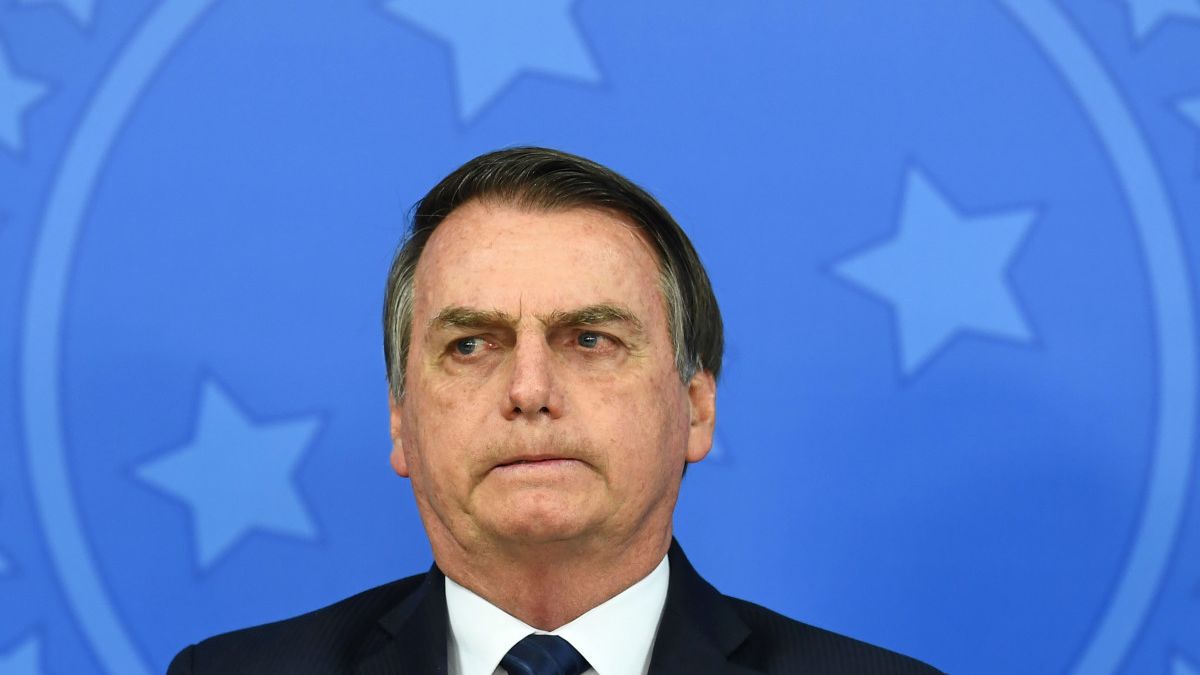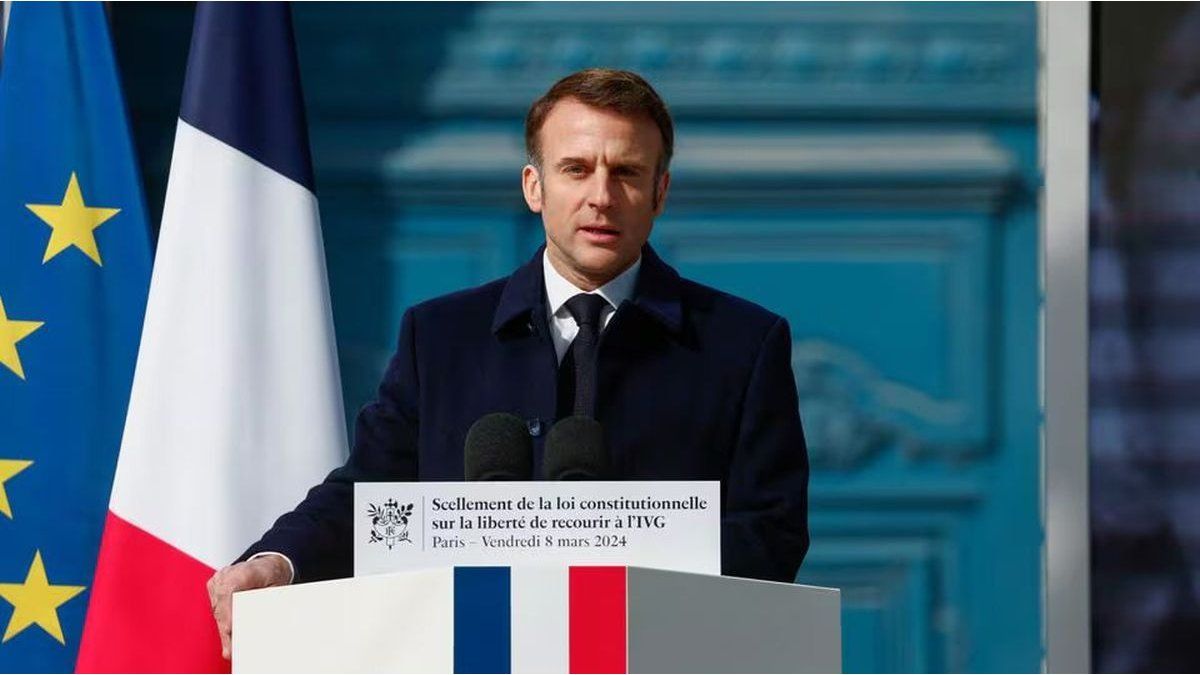The controversy, in itself, was revived after a recent opinion column of the president Javier Milei, in which he ruled out any abrupt adjustment of the exchange rate and reaffirmed that “The strong weight comes to stay”.
It is that sense, a report by the IEB group analyzes whether Argentina has a backward dollar or, in reality, a strong weight. Beyond criticism, in IEB they believe that there are no forceful signs that the official dollar is delayed in real terms. “A non -competitive exchange rate is one that prevents the accumulation of reserves, and so far the BCRA continues to buy currencies,” They point. So far this year, the monetary authority added US $ 2,574 million in the single and free market (MULC), mainly thanks to money laundering and financing to the private sector, which by regulations must be settled to the type of type of Official change.
However, the other side of the balance shows that Net reserves continue in red and the recovery of the central currency stock fails to consolidate. Since January, gross reserves have been falling, largely due to payments to international organizations and import liberation. For the end of the CEPO, a central objective of the Government, will depend largely on how this variable evolves, warn from IEB.
Inflation in low and fiscal surplus, the pillars of the Milei-Caputo model
Despite the market pressure on the exchange rate, the Government trusts the solidity of the current scheme. In IEB they consider that the economic program continues its course without shocks: Inflation is slowing down and the fiscal surplus is consolidated as a key anchor of macroeconomic stability.
In January, the IPC marked a rise in 2.2%the lowest record since July 2020, while core inflation – which excludes regulated and seasonal prices – was 2.4%. In interannual terms, the variation in the index was reduced to 84.5%, the lowest level in more than two years. “The most low crawling ‘and the opening of imports were key tools for this result,” they explain from IEB.
In parallel, the Fiscal Front continues to show positive numbers. In the first month of the year, the government achieved a primary surplus of $ 3.68 billionwhich reinforces its strategy to reduce monetary emission and avoid pressures on the dollar. “The fiscal anchor remains firm. With an adjusted expense in real and without issuance to finance deficit, the weight is strengthened structurally,” the report says.
Reservations and IMF: The variables that will define the course
The great challenge of the economic team is to ensure that Exchange stability does not translate into a drop in reserves. According to BCRA data, interventions in financial dollars reached USD 700 million in the last monthwith the aim of containing the exchange gap and avoiding shocks in the market. In the Mulc, the purchase of currencies remains firm, but the stock of reserves fails to recover.
With this panorama, the next key step will be the agreement with the IMF. The Government hopes to close a new negotiation with the agency, which would include additional financing to reinforce the central reserves. “Only the bun”the president recently said, suggesting that the negotiation is in his final stretch.
From IEB they warn that the market is still attentive to the details of the agreement, especially as regards the Conditions that IMI could demand in exchange matters. Although the ruling party already made it clear that It does not contemplate a discreet devaluation or an automatic output of the stocks, monitoring of reserves will be key in the coming months.
Is there room to hold the scheme?
The government bets on a stable exchange rate scheme, interest rates down and growth in peso demand. In IEB they assure that There are fundamentals to sustain the appreciation of weight in the short term, but warn that the balance continues to depend on the reserves dynamics.
“The fiscal surplus, the controlled issuance and the decrease in fees play in favor of the official strategy, but the recovery of reserves remains the great unknown. Everything will depend on the flow of dollars entering by the agreement with the IMF, the Rigi and the energy sector, ”emphasizes the report.
Meanwhile, the market is closely followed by each BCRA signal, with one eye on exchange policy and another in the accumulation of reserves, in a context where stability remains the priority of the Executive.
Source: Ambito
David William is a talented author who has made a name for himself in the world of writing. He is a professional author who writes on a wide range of topics, from general interest to opinion news. David is currently working as a writer at 24 hours worlds where he brings his unique perspective and in-depth research to his articles, making them both informative and engaging.




